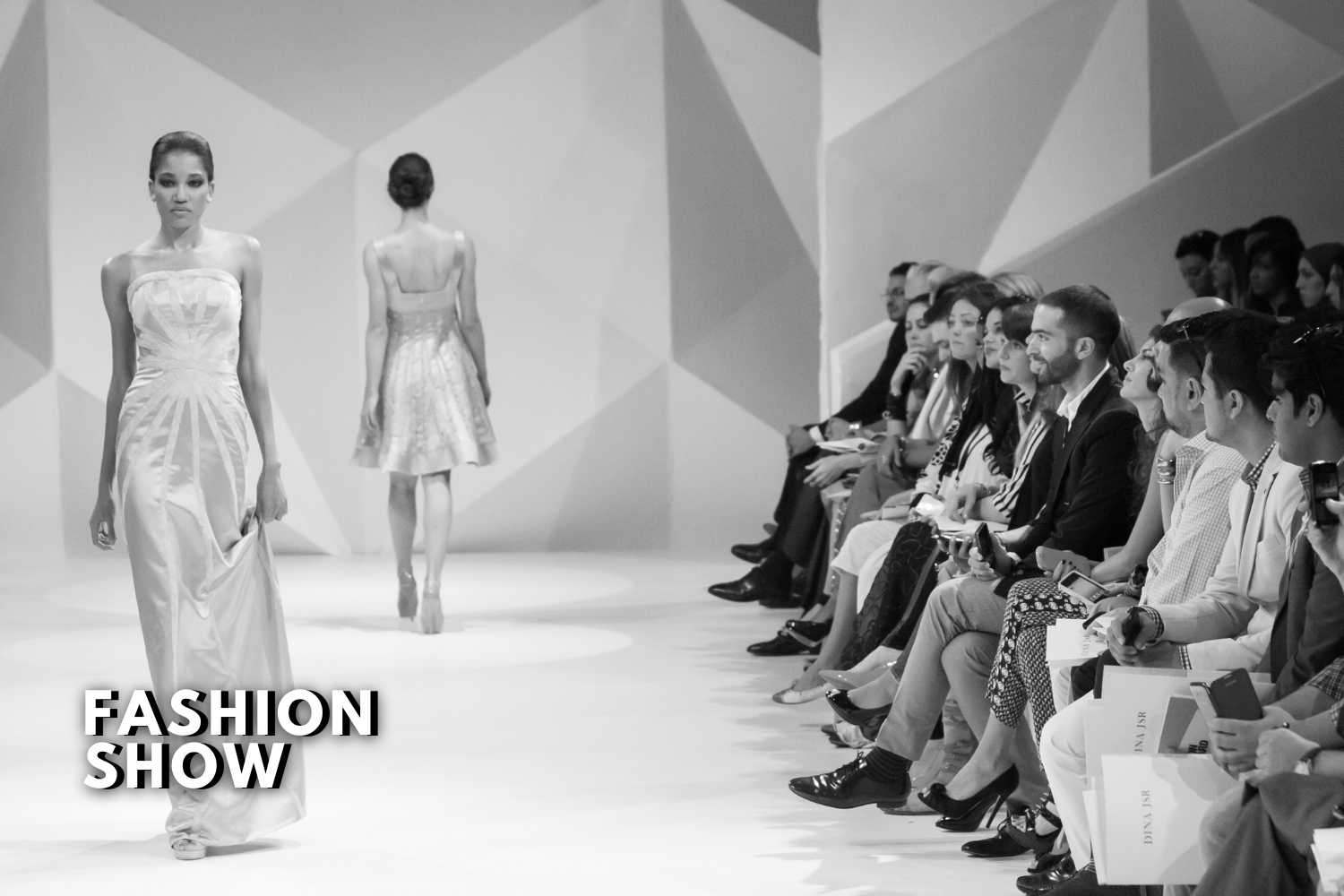
Introduction: The Spectacle that Drives the Fashion World
Fashion shows are the heartbeat of the global fashion industry. They represent much more than glamorous runways, they are powerful marketing tools, cultural showcases, and creative platforms that define trends, influence consumer behavior, and connect designers with the world. Whether it’s the grandeur of Paris Fashion Week or the creative energy of Lakmé Fashion Week in India, every fashion show serves as a bridge between design innovation and commercial success.
At their core, fashion shows are where artistry meets business. For designers, it’s a golden opportunity to present their vision and identity. For brands, it’s a strategic platform to build awareness, attract buyers, and strengthen market presence. For fashion students and professionals, it’s a learning ground that connects classroom concepts with real-world industry dynamics.
The Role of Fashion Shows in the Fashion Business
Fashion shows play a crucial role in shaping the fashion ecosystem. They bring designers, buyers, media, and consumers together, offering a holistic view of creative direction and market trends. The visual presentation of garments on live models allows brands to communicate stories, themes, and craftsmanship in ways that photography or advertisements cannot replicate.
From a business perspective, fashion shows are pivotal for brand positioning and visibility. The buzz around a well-executed runway show can lead to high sales, new collaborations, and global recognition. For emerging designers, it can mean the difference between anonymity and success.
Fashion Shows as a Marketing Strategy
In today’s fast-paced fashion economy, shows serve as the most powerful form of experiential marketing. They captivate audiences, generate digital engagement, and build emotional connections. A single viral moment on the runway can influence global consumer trends within hours.
For instance, when Indian designer Gaurav Gupta presented his avant-garde couture at Paris Haute Couture Week, it placed Indian craftsmanship at the forefront of international fashion. Similarly, brands like Sabyasachi, Manish Malhotra, and Tarun Tahiliani have used shows not only to display collections but also to reinforce their brand narratives rooted in culture, elegance, and innovation.
Fashion shows also provide media exposure across digital, print, and broadcast channels. The coverage creates brand recall, especially when complemented by social media engagement. Influencers, celebrities, and fashion journalists further amplify visibility, transforming shows into global storytelling events.
Learning from India’s Top Fashion Shows
India’s fashion landscape has evolved with remarkable events that have become pillars of the industry.
- Lakmé Fashion Week (Mumbai): Organized by Lakmé and IMG Reliance, it remains the most prestigious fashion event in India. It showcases a blend of established designers and emerging talent, setting seasonal trends and creating opportunities for collaboration between fashion houses and retailers.
- India Couture Week (New Delhi): Hosted by the Fashion Design Council of India (FDCI), it celebrates the art of couture, focusing on luxury craftsmanship and design excellence.
- Blenders Pride Fashion Tour: A traveling fashion show series that brings fashion closer to people, promoting both Indian designers and regional aesthetics.
These shows act as platforms where fashion meets business; they connect artisans to markets, promote sustainability, and celebrate diversity in design.
Global Fashion Shows Setting Industry Standards
Internationally, iconic events like Paris Fashion Week, Milan Fashion Week, London Fashion Week, and New York Fashion Week define the global fashion calendar. These shows have set the benchmark for creativity, innovation, and luxury branding.
For example, Chanel’s runway shows under the late Karl Lagerfeld were legendary for their theatrical grandeur, from transforming the Grand Palais into a beach to recreating a space station. Similarly, Dior, Louis Vuitton, and Balenciaga continuously push the boundaries of fashion presentation through futuristic design and digital integration.
These events not only influence global style directions but also demonstrate how fashion shows function as strategic tools for business growth, market expansion, and global identity.
Conclusion: The Future of Fashion Shows in a Digital World
The role of fashion shows is continuously evolving. With the advent of digital streaming, virtual fashion weeks, and AI-powered design showcases, the reach of runway presentations has expanded beyond physical boundaries. Yet, the essence of fashion shows, creativity, expression, and storytelling, remains timeless.
In India, as the fashion industry continues to merge with technology and sustainability, shows are expected to become even more immersive and globally integrated. For aspiring designers and entrepreneurs, learning the art of fashion presentation will remain a vital skill.
Fashion Shows and Student Learning at IFM Academy
At IFM Academy, students of Fashion Design and Fashion Communication gain hands-on experience in organizing fashion shows, from concept development to backstage coordination, styling, and show direction. Participating in live events, IFM Academy Siliguri students learn to blend creativity, professionalism, and business strategy while showcasing their collections and engaging with industry experts.
IFM Academy, the best fashion design institute in Siliguri, continues to bridge this gap by equipping students with the practical and creative skills required to thrive in the dynamic world of fashion. Through workshops, live shows, and collaborations with industry leaders, IFM Academy nurtures the next generation of professionals ready to make their mark on both Indian and global runways.



